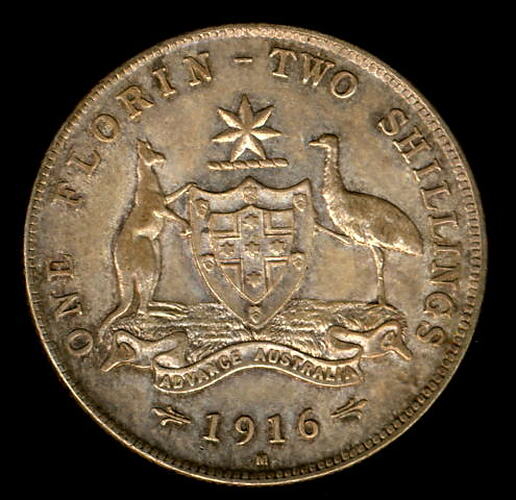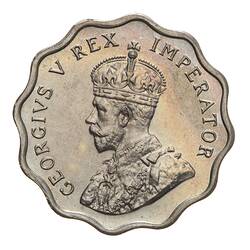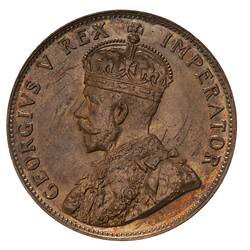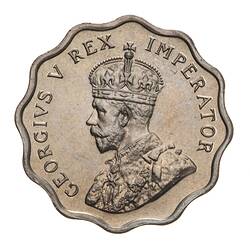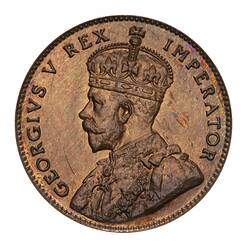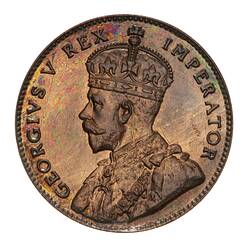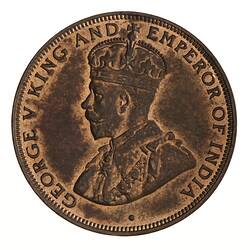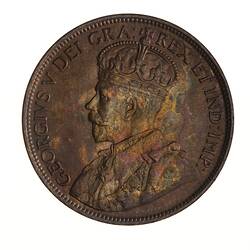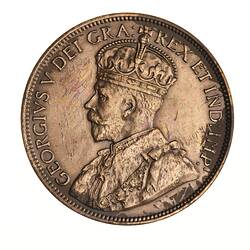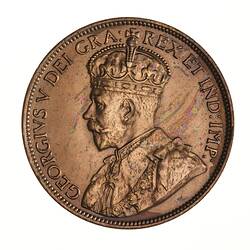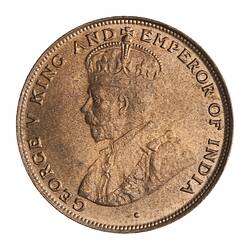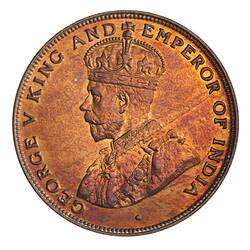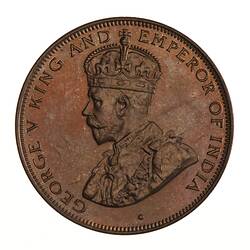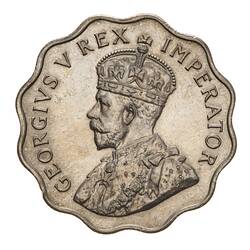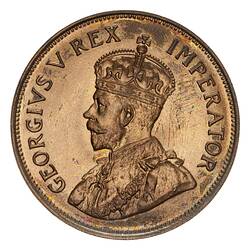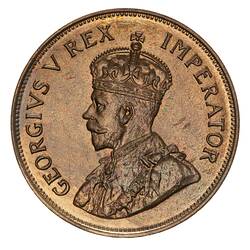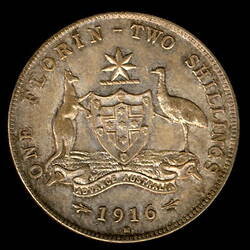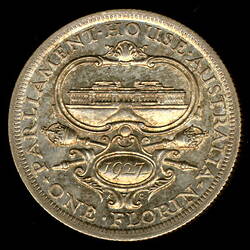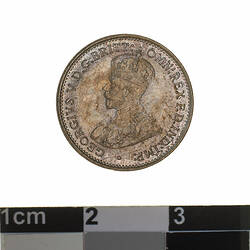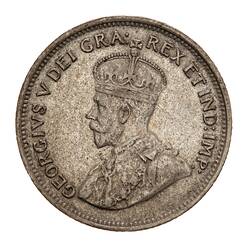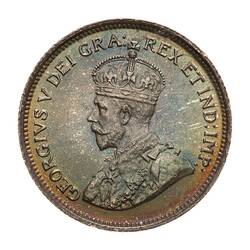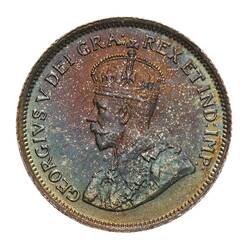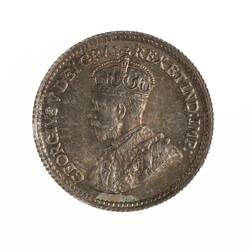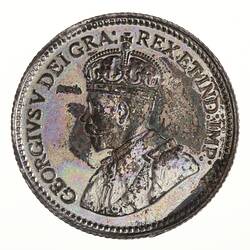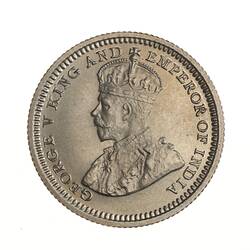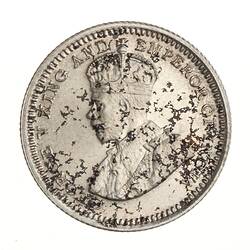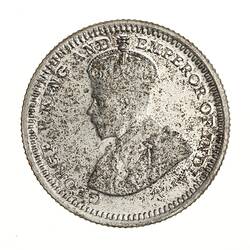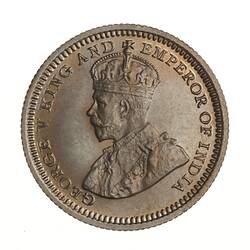Sir Edgar Bertram Mackennal, sculptor, was born on 12 June 1863 in Fitzroy, the second son of architectural modeller and sculptor John Simpson Mackennal and his wife Annabella, both Scottish. He was educated the the Melbourne Model School and King's College. His initial training was undertaken by his father, and reinforced by studies at the National Gallery School of Design.
Mackennel left Australia at the age of 19 to study in Europe and work under English sculptor Marshall Wood. When he arrived he found that Wood had died. Instead he began study at the Royal Academy of Arts and shared a studio with Charles Douglas Richardson and Tom Roberts. He soon became disillusioned with his studies and went on sebbatical to Paris, then back to London when he was commissioned to make a bust of a British army officer. He married Agnes Spooner and then headed for Europe again, only to experience extreme poverty. It was with relief the Mackennal accepted the position of head of modelling and design at the Coalport Potteries, Shropshire. His work was also accepted for the Royal Academy's summer exhibition.
Mackennal returned to Australia for a commission to make the relief panels for the facade of Parliament House, Melbourne. He set up a studio in Swanston Street, but lacked clients, and returned to Paris in 1891, then aged 28. Here he began to obtain both private and public commissions, including statues of Queen Victoria in England, Australia and India. He visited Ballarat in 1900 to supervise the installation of a statue of Queen Victoria, but failed to win the commission for a similar monument in Melbourne.
Nevertheless, Mackennal's reputation continued to grow, and two pices of his work were acquired by the Tate Gallery. In 1908 he produced the medals for the London Olympic Games, and in 1910 he designed the coronation medal, currency, postage stamps and military honours for King George V. In 1921 he was knighted - the first Australian-born artist to receive this honour. Two years later his 'Phoebus Driving the Horses for the Sun' was erected in London. By then his work was considered conservative, but in the 1890s his symbolist style was considered very 'French' and advanced.
In 1931, at the age of 68, Mackennal suddely died. He was survived by his wife and daughter.
References:
Australian Dictionary of Biography website http://adbonline.anu.edu.au/adbonline.htm
More Information
-
Keywords
-
Localities
Melbourne, Victoria, Australia, London, England, United Kingdom
-
Authors
-
Article types
